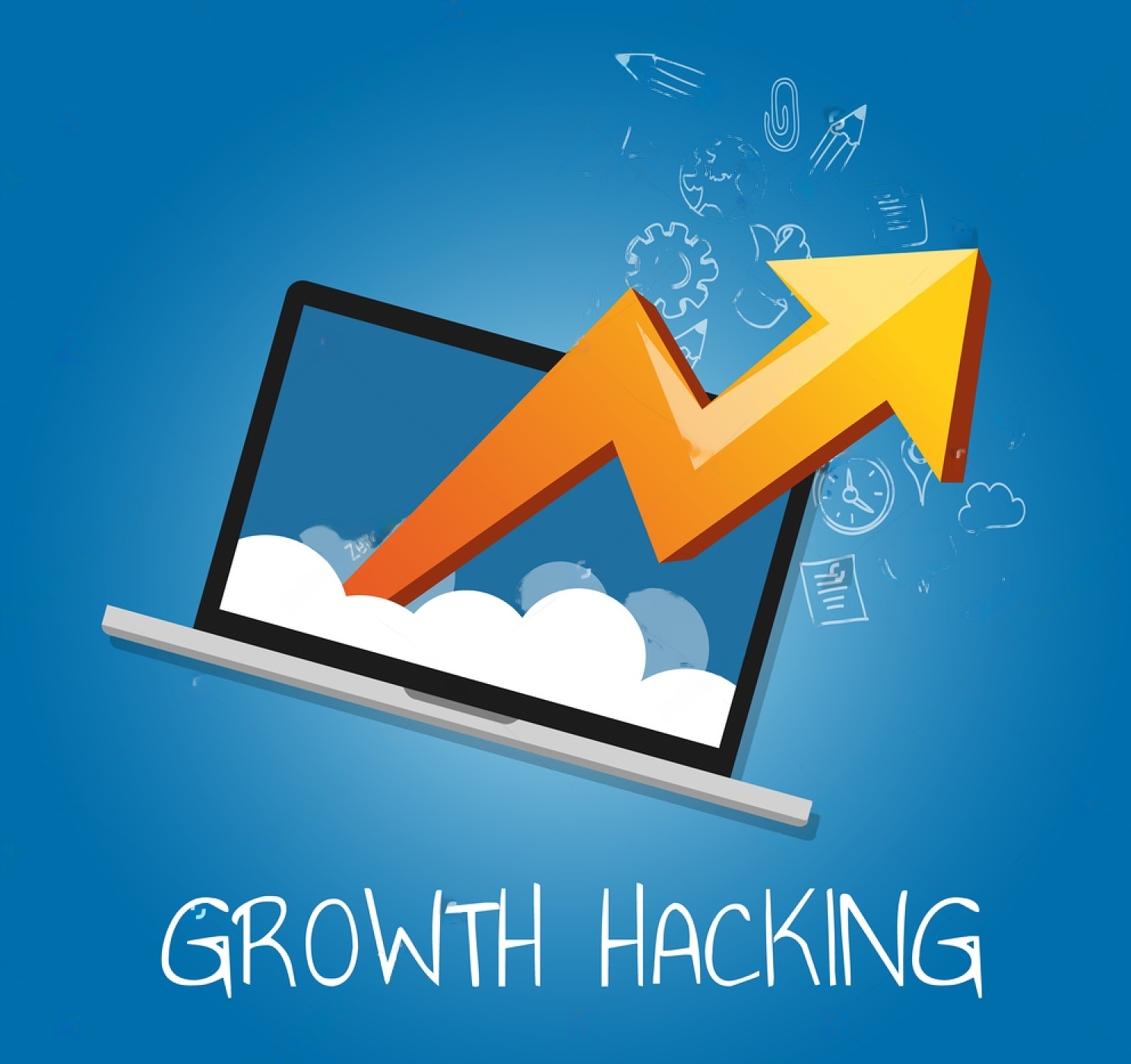In today’s rapidly evolving SaaS industry, growth hacking has become an essential strategy for startups looking to gain a competitive edge. By implementing innovative and data-driven tactics, SaaS startups can accelerate their growth and increase their chances of success. In this blog post, we will explore effective growth hacking strategies specifically tailored for SaaS startups, providing you with actionable insights to propel your business forward.
I. Understanding the SaaS Landscape:
The SaaS industry has experienced explosive growth in recent years, with businesses and consumers increasingly adopting cloud-based software solutions. However, this growth also presents unique challenges for SaaS startups. Fierce competition, customer acquisition costs, and customer churn rates are just a few hurdles that startups face. To overcome these challenges, growth hacking tactics offer a proven pathway to success.
II. Defining Growth Hacking for SaaS Startups:
Growth hacking is a mindset and methodology that focuses on rapid experimentation, data analysis, and scalable strategies to achieve sustainable growth. Unlike traditional marketing approaches, growth hacking combines creativity, analytics, and technical expertise to optimize user acquisition, retention, and revenue generation. For SaaS startups, growth hacking is about finding innovative ways to acquire and retain customers while maximizing limited resources.
III. Key Growth Hacking Strategies for SaaS Startups:
A. User Acquisition:
Building an Effective Referral Program:
Referral programs harness the power of word-of-mouth marketing to drive user acquisition. Encourage your existing customers to refer your SaaS product to others by offering incentives or rewards. Optimize the program by making it easy for users to refer others and track their progress.
Leveraging Content Marketing:
Create valuable and informative content that resonates with your target audience. By publishing blog posts, whitepapers, case studies, and engaging videos, you can establish your SaaS startup as a thought leader in the industry, attract organic traffic, and generate leads. Optimize your content for search engines by incorporating relevant keywords and promoting it through social media channels.
Harnessing Social Media Channels:
Leverage social media platforms to build brand awareness, engage with your target audience, and drive user acquisition. Develop a strong presence on platforms such as LinkedIn, Twitter, and Facebook by sharing informative content, engaging in conversations, and running targeted ad campaigns.
B. User Retention:
Personalization and Customer Success:
Personalize the user experience by understanding your customers’ needs and preferences. Implement features that allow users to customize their experience within your SaaS product. Additionally, focus on providing exceptional customer support and proactive customer success management to drive long-term loyalty and reduce churn rates.
Implementing Email Marketing Campaigns:
Nurture relationships with your customers through targeted email campaigns. Send personalized onboarding emails, product updates, and relevant content to keep users engaged and informed. Use marketing automation tools to segment your email list and deliver tailored messages based on user behavior and preferences.
Optimizing User Onboarding:
Make a great first impression by providing a seamless onboarding experience for new users. Simplify the sign-up process, offer interactive tutorials, and provide clear guidance on how to get started. Focus on helping users understand the value and benefits of your SaaS product from the beginning, increasing their likelihood of long-term engagement.
C. Growth Metrics and Analytics:
Setting Key Performance Indicators (KPIs):
Define and track key metrics that align with your growth objectives. Identify KPIs such as customer acquisition cost (CAC), customer lifetime value (CLTV), churn rate, and conversion rates. Regularly monitor these metrics to measure the effectiveness of your growth hacking efforts.
Utilizing A/B Testing:
Experiment with different variations of your website, landing pages, email campaigns, and user interface using A/B testing. This allows you to optimize your strategies based on data-driven insights. Test elements such as headlines, calls-to-action, pricing models, and design layouts to determine what resonates best with your target audience.
Leveraging Data-Driven Decision Making:
Make informed decisions based on data analytics. Utilize tools like Google Analytics, Mixpanel, or Kissmetrics to gather insights on user behavior, conversion funnels, and user engagement. Analyze this data to identify patterns, optimize your growth strategies, and uncover new opportunities.
IV. Case Studies of Successful Growth Hacking:
Highlight real-world examples of SaaS startups that have effectively utilized growth hacking tactics to achieve remarkable success. Discuss the strategies they employed, such as referral programs, content marketing, and data-driven decision making. Showcase the measurable impact these tactics had on their growth, user acquisition, and revenue generation.
Takeaway:
Growth hacking presents a valuable framework for SaaS startups to accelerate their success in a highly competitive market. By implementing the discussed growth hacking strategies – from effective user acquisition tactics to retention-focused initiatives and data-driven decision making – your SaaS startup can unlock its full potential and drive sustainable growth. Embrace the mindset of experimentation, creativity, and continuous optimization to achieve remarkable results on your growth journey.

